On Tuesday, MakeMusic released the latest updates to the Dolet MusicXML plug-ins for Finale and Sibelius. Dolet 6.3 for Finale and Dolet 6.2 for Sibelius incorporate many improvements from the previous releases. They are available for free download from:
http://www.makemusic.com/musicxml
The timing of these updates turned out to be unintentionally eerie. On the same day that these Dolet updates were released, Avid was shutting down Sibelius’s development office in London.
The dismissal of this talented team is terribly sad. For the past dozen years, Finale and Sibelius have been the two main applications for creating and editing Western music notation. The competition has served both products well; a true case of iron sharpening iron. I got to know several people on the Sibelius team while working at Recordare, and have always had the highest respect for the people and their achievements.
The music notation market has always been a small industry, where most of the players come and go over the years. Finale’s continued development over 24 years is unparalleled.
When I started work on MusicXML 12 years ago, I found that Gerd Castan was a kindred spirit in seeing the need for an open, XML-based format for common Western music notation. Here is an excerpt of what he wrote then. You can see the full text on his music notation site. It is unfortunately germane this week:
If you are working with computers, you should avoid going to the next store and ask “I’m seeking for a program that…”. Doing so, you are in a bad situation, because it gives the manufacturer too much power over you and you’ll be punished soon.
Experience shows a much better situation for customers when you decide to use standard file formats and standard protocols and buy the software that fits to this decision…
There are some 80 to 90 Score printing programs worldwide. They share a small market and manufacterers have a mean number of about two programmers.
Doubtless, you are buying a great score printing program. Are you sure, that the small company behind this program still exists in five years? Experience shows that you will have a new computer with a completetely new operating system architecture every five years. Are you sure that there will be a new version of your program that fits?
Fortunately, Sibelius added built-in MusicXML export in their version 7 release. MusicXML import had been added years earlier in version 4. The latest 7.1.2 release, the last by the London development team, upgraded the MusicXML import and export support to version 3.0. MakeMusic continues to update the Dolet for Sibelius plug-ins for people using earlier versions of Sibelius, as well as those who prefer the quality of Dolet’s MusicXML export.
There are now over 160 programs that support the MusicXML format. Nearly every notation editing application under active development can import and export MusicXML files. No longer are your musical scores held hostage to one particular program. LilyPond remains an exception: it clings to the proprietary mindset and does not export to the open MusicXML format. If you care about the long-term preservation and performance of your music, use just about anything else. MusicXML support for both export and import is a necessity in today’s world.

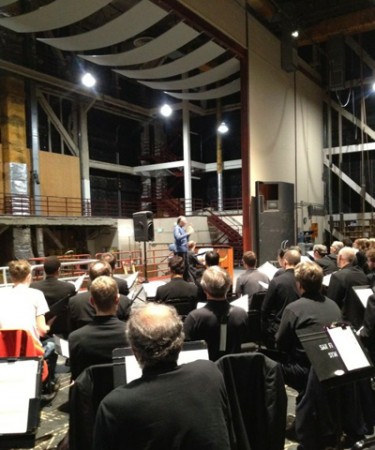 Saturday night was the last concert of the amazing San Francisco Symphony centennial season. This program was a great one for the chorus: Ligeti’s a cappella Lux aeterna, Schoenberg’s A Survivor from Warsaw, and Beethoven’s Ninth Symphony. The Beethoven was recorded for future SACD release. There’s actually one more performance of the Ninth coming up Sunday at Stern Grove, but I’ll be on my way to Minneapolis that day and will have to miss it.
Saturday night was the last concert of the amazing San Francisco Symphony centennial season. This program was a great one for the chorus: Ligeti’s a cappella Lux aeterna, Schoenberg’s A Survivor from Warsaw, and Beethoven’s Ninth Symphony. The Beethoven was recorded for future SACD release. There’s actually one more performance of the Ninth coming up Sunday at Stern Grove, but I’ll be on my way to Minneapolis that day and will have to miss it.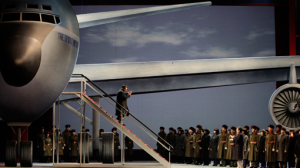 At last, 25 years after its premiere, I finally got to see and hear John Adams’s first opera, Nixon in China. San Francisco Opera gave this a fine production. All the singers were excellent, but Hye Jung Lee made a particularly outstanding impression as Madame Mao, in a role that is a 20th-century Queen of the Night.
At last, 25 years after its premiere, I finally got to see and hear John Adams’s first opera, Nixon in China. San Francisco Opera gave this a fine production. All the singers were excellent, but Hye Jung Lee made a particularly outstanding impression as Madame Mao, in a role that is a 20th-century Queen of the Night.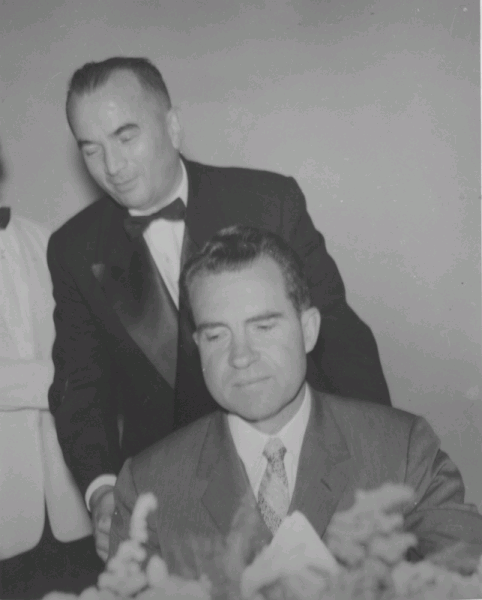
 I’ve been meaning to check out one of the
I’ve been meaning to check out one of the 
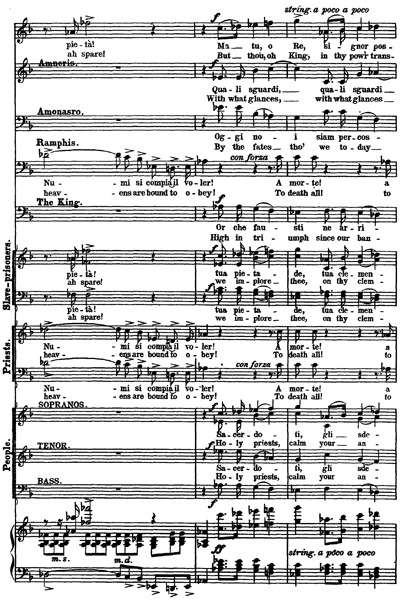

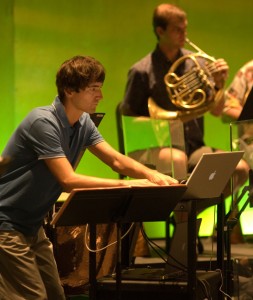 Over the past few years I’ve been lucky enough to hear several of Mason Bates’ compositions for orchestra and electronics, both at the San Francisco Symphony and the Cabrillo Festival of Contemporary Music. A few weeks ago I heard the Chicago Symphony perform his latest orchestral work, Alternative Energy. It turned out to be his best orchestral work that I’ve heard yet.
Over the past few years I’ve been lucky enough to hear several of Mason Bates’ compositions for orchestra and electronics, both at the San Francisco Symphony and the Cabrillo Festival of Contemporary Music. A few weeks ago I heard the Chicago Symphony perform his latest orchestral work, Alternative Energy. It turned out to be his best orchestral work that I’ve heard yet. The annual
The annual